Literary rating: ★★★½
Kick-butt quotient: ☆☆
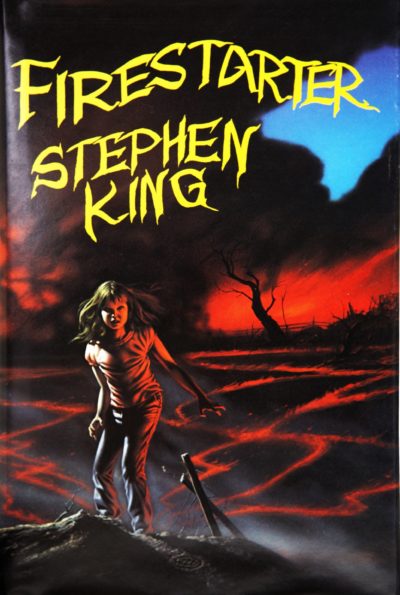 Having watched both versions of the film, I followed up by reading the book on which they were based. Despite my general fondness for horror, I haven’t read very much Stephen King: this is only the second novel of his, after Salem’s Lot. First thought: at 576 pages in the mass paperback edition, it’s quite a door-stopper, and you can see the problems in adapting a work of that size into a movie. Inevitably, a lot of the detail and nuance is going to be excised. There’s no doubt, the 1984 version is more faithful; the 2022 adaptation takes the basic concept of a young girl with pyrokinetic powers, on the run from the government with her father, and does its own thing, more or less.
Having watched both versions of the film, I followed up by reading the book on which they were based. Despite my general fondness for horror, I haven’t read very much Stephen King: this is only the second novel of his, after Salem’s Lot. First thought: at 576 pages in the mass paperback edition, it’s quite a door-stopper, and you can see the problems in adapting a work of that size into a movie. Inevitably, a lot of the detail and nuance is going to be excised. There’s no doubt, the 1984 version is more faithful; the 2022 adaptation takes the basic concept of a young girl with pyrokinetic powers, on the run from the government with her father, and does its own thing, more or less.
How you feel about those different approaches, probably depends on how you feel about the original book. Despite the length, it wasn’t a chore; I was typically reading 25-30 minutes a night, and never felt like it was a burden. King had a relatively straightforward style, that’s generally easy to read. The novel does, like the 1984 film, move back and forth in the time-line. It begins with Charlie and her dad trying to escape the experimental government program which spawned them, only later filling in how they got to this point – both the events of that program, and the subsequent surveillance, leading to the death of her mother. This, to me, worked better on the page than the screen, where it ended up becoming too convoluted.
You get a good deal more background on “The Shop”, the murky federal group behind everything, and its employees. In particular, a good portion is told from the perspective of near-insane operative, John Rainbird, Here, he’s very badly disfigured, the result of a friendly-fire incident in the Vietnam War, which seems to have helped push him over the edge. His madness is considerably more apparent in the book, along with the dubious nature of his psychological attachment to – almost dependence on – Charlie. The novel also delves deeper into Charlies’ internal struggle for self-control, fighting to keep hold of her talent, rather than letting it rule her.
While both film versions end with her fiery escape from the shop, albeit in radically different ways, the book has a fairly lengthy coda. [spoilers follow]. This covers Charlie’s return to the Manders farm, where she finds sanctuary once more. Inevitably, however, word seeps out and the Shop pay a visit, only to find their target already left. The novel finishes with Charlie arriving at the offices of Rolling Stone magazine, ready to tell her story. From a 2022 viewpoint, this had not aged well, with that publication now a de facto mouthpiece for the establishment, with as much counter-culture credibility as Teen Vogue or Buzzfeed. However, this remains an entertaining read, and if such a talent ever existed, you sense the events it depicts are quite plausibly how things could go down. Here’s hoping we never find out.
Author: Stephen King
Publisher: Pocket Books, available through Amazon, both as a paperback and an e-book
Standalone novel.





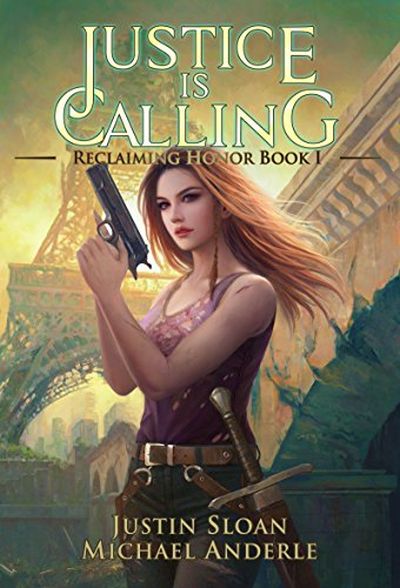
 This is set around fifty years after “the Provocation”, a series of unsolved mass abductions which led to Capernica becoming a strictly-controlled hierarchical society of Uppers, Lowers and the Military. Orphan Jaclyn Holloway is a Lower, living in near poverty in the seaside town known as Settlement 56. The only way out for a Lower is to pass the stringent test which allows entry into the Military. On graduating from the local school,
This is set around fifty years after “the Provocation”, a series of unsolved mass abductions which led to Capernica becoming a strictly-controlled hierarchical society of Uppers, Lowers and the Military. Orphan Jaclyn Holloway is a Lower, living in near poverty in the seaside town known as Settlement 56. The only way out for a Lower is to pass the stringent test which allows entry into the Military. On graduating from the local school,  While a quick read, at 205 pages, after slogging through a couple of what can only be described as “chonkers”, I really didn’t mind. It’s briskly-paced, hits the ground running and largely doesn’t stop thereafter. I have some concerns about where things might go in subsequent volumes, so will probably stop here, just to be safe. However, I enjoyed what I read well enough.
While a quick read, at 205 pages, after slogging through a couple of what can only be described as “chonkers”, I really didn’t mind. It’s briskly-paced, hits the ground running and largely doesn’t stop thereafter. I have some concerns about where things might go in subsequent volumes, so will probably stop here, just to be safe. However, I enjoyed what I read well enough.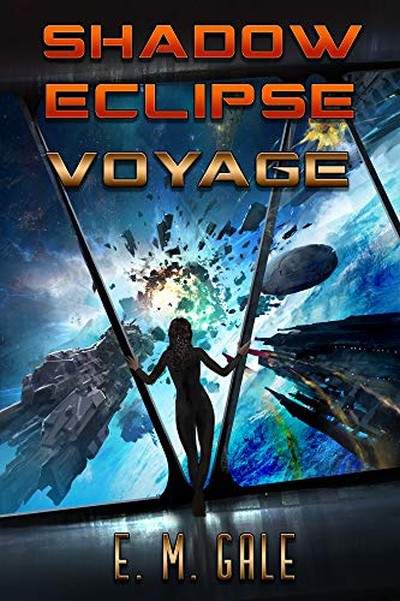 After a brisk and entertaining start, this gets increasingly bogged-down in its own universe as it goes on. And, boy, does it go
After a brisk and entertaining start, this gets increasingly bogged-down in its own universe as it goes on. And, boy, does it go  Sinclair O’Malley, known to everyone as Sin, is a bit of a wild card. She was initially an FBI agent, but was released by the agency, largely for her refusal to stay within the lines. In particular, she went off-book to end a human trafficking ring in Nicaragua. She is the kind of person whom we first meet interrupting a funeral, by rolling up to it late, on a Harley. But this is just the book’s first misstep. For rather than demonstrating her bad-ass credentials, it just made me feel she was a selfish and egocentric narcissist, shrieking “Look at meeeeeeee!” everywhere she went. Subsequent actions did little to disavow me of this belief.
Sinclair O’Malley, known to everyone as Sin, is a bit of a wild card. She was initially an FBI agent, but was released by the agency, largely for her refusal to stay within the lines. In particular, she went off-book to end a human trafficking ring in Nicaragua. She is the kind of person whom we first meet interrupting a funeral, by rolling up to it late, on a Harley. But this is just the book’s first misstep. For rather than demonstrating her bad-ass credentials, it just made me feel she was a selfish and egocentric narcissist, shrieking “Look at meeeeeeee!” everywhere she went. Subsequent actions did little to disavow me of this belief.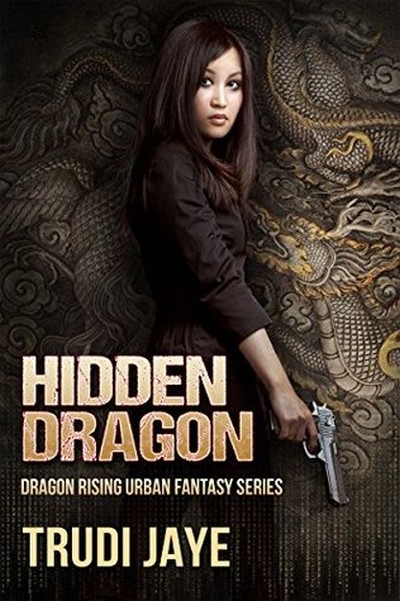 This version of the world is more or less identical to our own. Except, several hundred years ago, there was a catastrophe in which massive dragons rampaged around, with humans being collateral damage. A secret society called the Earthbound managed to end the thread, partly through the invention of the Spell Web – basically, an Internet for magic users. Now, the Earthbound and a secret government organization, the Supernatural Intelligence Group, operate to keep a largely oblivious population in the dark. Though everyone knows dragons are extinct… aren’t they?
This version of the world is more or less identical to our own. Except, several hundred years ago, there was a catastrophe in which massive dragons rampaged around, with humans being collateral damage. A secret society called the Earthbound managed to end the thread, partly through the invention of the Spell Web – basically, an Internet for magic users. Now, the Earthbound and a secret government organization, the Supernatural Intelligence Group, operate to keep a largely oblivious population in the dark. Though everyone knows dragons are extinct… aren’t they?
 Like “Franklin W. Dixon” and “Carolyn Keene,” “A. W. Hart” is the house pen name assigned by the publisher to all the various authors of individual books in the series of which this novel is the seventh installment. In this case, though, A. W. is actually my Goodreads friend Charles Gramlich (that’s no secret; he’s credited in the “About the Author” note at the book’s end). Although I’d read and liked a couple of his short e-stories previously, I’d never tried any of his long fiction. So, when I saw this novel mentioned in one of his blog posts last year, I was intrigued enough to buy a copy. (Barb and I read it together, since she’s an avid Western fan, and I knew this would be right up her alley.)
Like “Franklin W. Dixon” and “Carolyn Keene,” “A. W. Hart” is the house pen name assigned by the publisher to all the various authors of individual books in the series of which this novel is the seventh installment. In this case, though, A. W. is actually my Goodreads friend Charles Gramlich (that’s no secret; he’s credited in the “About the Author” note at the book’s end). Although I’d read and liked a couple of his short e-stories previously, I’d never tried any of his long fiction. So, when I saw this novel mentioned in one of his blog posts last year, I was intrigued enough to buy a copy. (Barb and I read it together, since she’s an avid Western fan, and I knew this would be right up her alley.)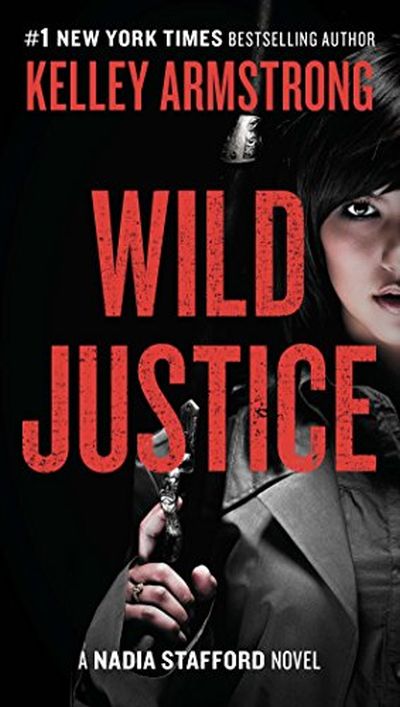 That’s what happened here, about a month ago,with Quinn wanting to move in the direction of engagement and marriage and Nadia not willing to, leading to a messy breakup that left him very hurt and her “feeling like [vulgarism deleted].” :-( On top of that stress, when this book opens, she’s in rural Michigan on a job (of the kind that she doesn’t advertise). That quickly results, though through no fault of her own, in a traumatic event which has her on the point of meltdown. But before long, she’s in for a moral and emotional ordeal which will make her present distresses look relatively mild.
That’s what happened here, about a month ago,with Quinn wanting to move in the direction of engagement and marriage and Nadia not willing to, leading to a messy breakup that left him very hurt and her “feeling like [vulgarism deleted].” :-( On top of that stress, when this book opens, she’s in rural Michigan on a job (of the kind that she doesn’t advertise). That quickly results, though through no fault of her own, in a traumatic event which has her on the point of meltdown. But before long, she’s in for a moral and emotional ordeal which will make her present distresses look relatively mild. This is one of those books where the cover (right) feels at odds with the synopsis: “After witnessing an execution, a resourceful young woman attempts to disappear while being pursued by a hitman and a handsome federal agent.” Having read the book, the reality sits somewhat uncomfortably in the middle. It might have been better if the author had committed to writing either an action novel or a romance; the combination of them here is awkward and clunky. Naturally, my preference was for the former. But it seems that every time the book got into a rhythm there, the heroine would start lusting after one (frankly, close to all) of the male characters, and the energy would be derailed.
This is one of those books where the cover (right) feels at odds with the synopsis: “After witnessing an execution, a resourceful young woman attempts to disappear while being pursued by a hitman and a handsome federal agent.” Having read the book, the reality sits somewhat uncomfortably in the middle. It might have been better if the author had committed to writing either an action novel or a romance; the combination of them here is awkward and clunky. Naturally, my preference was for the former. But it seems that every time the book got into a rhythm there, the heroine would start lusting after one (frankly, close to all) of the male characters, and the energy would be derailed.